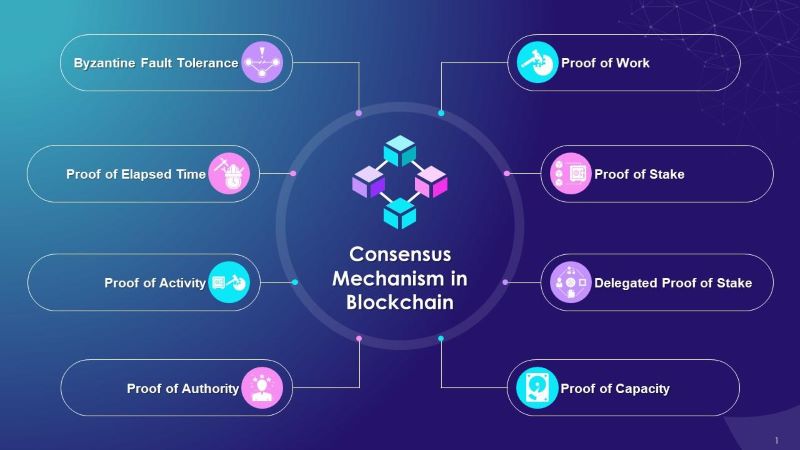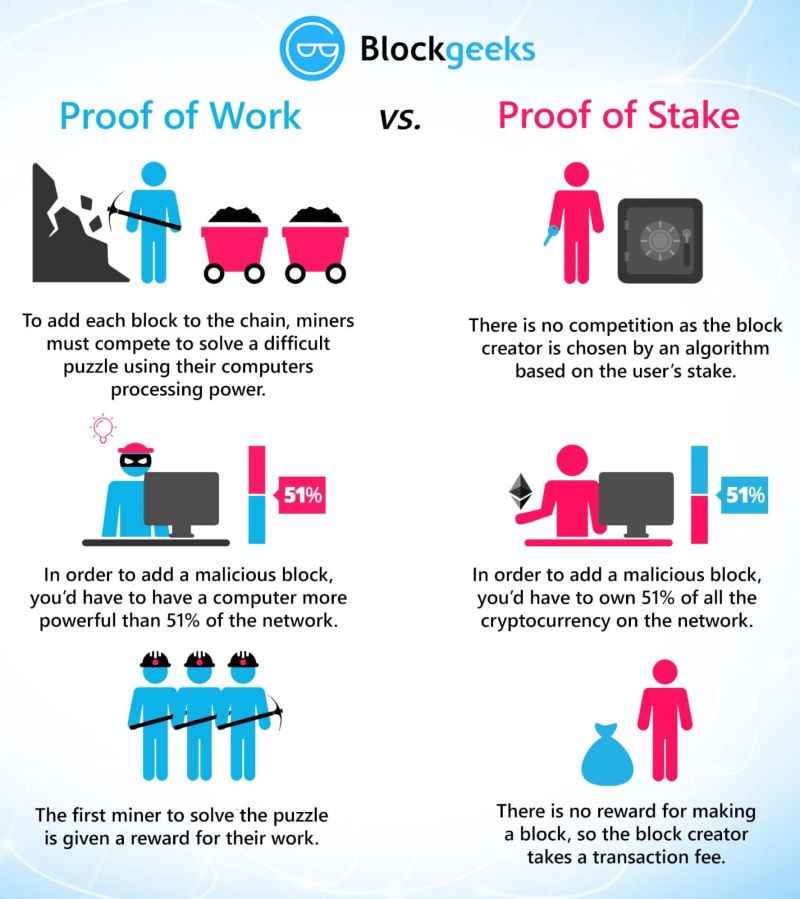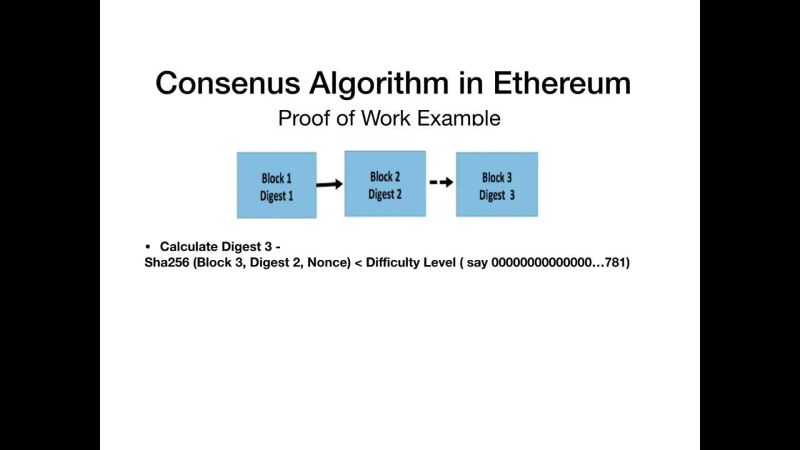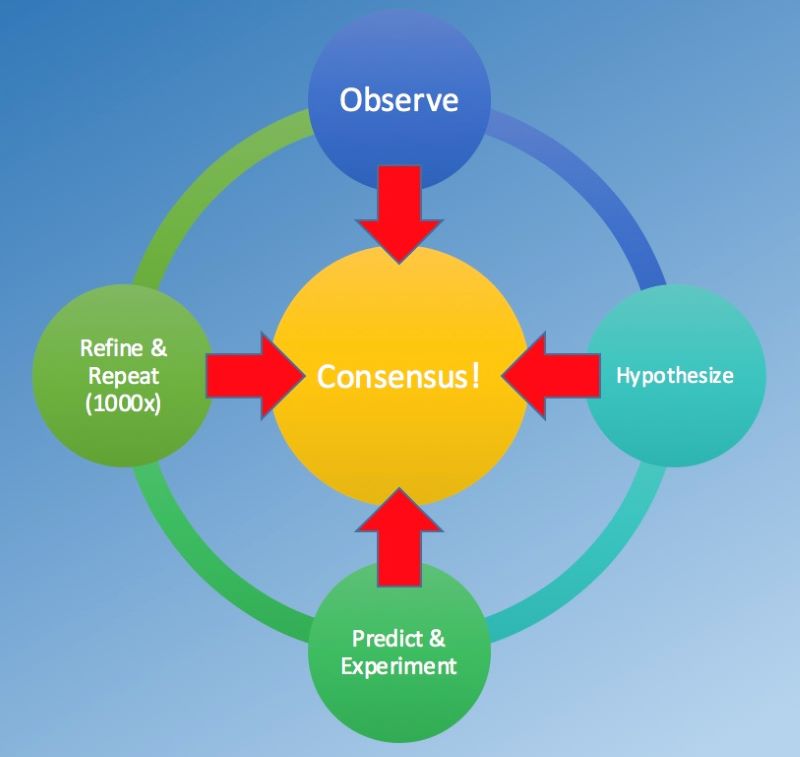Welcome to the deep dive on how blockchains stay in sync. Ever wonder what is Consensus Algorithms? They’re the hidden heroes keeping digital ledgers honest without a central referee. In the cryptocurrency world, they’re as crucial as the air we breathe, yet far less understood.
Stay tuned as we unravel these digital peacekeepers. We’ll start by breaking down how consensus is essential in blockchain technology. Then, we’ll pit Proof of Work against Proof of Stake – the top dogs in the consensus arena. Next up, we dive into advanced algorithms that make sure every player plays fair. And finally, we’ll tackle how these systems balance speed, safety, and equal say. Ready to get the full scoop? Let’s roll.
The Essential Role of Consensus in Blockchain Technology
Understanding the Fundamental Concepts
Ever wonder how blockchains make decisions? They use rules called consensus mechanisms. These rules are key for blockchains to work well. They help everyone agree without needing one boss. In blockchain land, these rules make sure all computers in the network agree. This stops fraud and keeps the network safe.
Think of it like playing a game where everyone must agree on the next move. If we use a set of rules everyone agrees on, we all know the game is fair. Blockchain does this with fancy math and a lot of computers talking to each other.
Now, let’s dive into some specialized words. “Proof of Work” is one set of rules. It makes computers solve tough puzzles to add new blocks to the chain. Yes, it’s a lot of work, and it chews up energy like a hungry bear!
But wait—there’s an alternative called “Proof of Stake.” Instead of solving puzzles, folks holding the blockchain’s coin get to add new blocks. It’s like having a ticket in a lottery. The more you hold, the better your chance to win the prize of adding the next block.
Importance of Consensus in Cryptocurrency
In the world of cryptocurrency, these consensus rules are super important. Think of it like this: crypto is money that lives on the computer. So, we need really good guards to make sure nobody sneaks in and steals it.
These consensus rules are the guards of crypto money. They check every transaction to keep the crypto safe. Without strong rules, someone could spend their crypto twice. That would be really bad and would make the crypto worth much less.
Consensus in crypto creates trust. It’s like pinky swearing across the whole world that everyone will play fair. This trust lets people be their own banks. It’s a big deal because it changes how money works!
So now that you know, you can see how vital these rules are. They keep our digital treasure chest locked tight and all the honest players happy. Isn’t that just amazing? The next time you hear about Bitcoin or Ethereum, think about the cool rules that make it all tick. These rules are the unsung heroes keeping the bad pirates at bay and letting us trade treasures fairly in the vast digital sea.
Comparing PoW and PoS: The Leading Consensus Mechanisms
Proof of Work Explained
Let’s dive right into the world of blockchain. Think of it like a team game where players agree on the score. Proof of Work, or PoW, is the old-school way. It powers Bitcoin, the first crypto coin. In PoW, computers solve puzzles to prove they did the work. The first to finish gets to add new info to the blockchain. It’s like winning a race and then writing down your score for everyone to see.
But here’s the catch. It takes lots of computer power, and that means it uses lots of energy. Some people worry it’s not good for our planet. Computers work hard day and night, racing to solve these puzzles. It’s a tough job, but it keeps the game fair. If someone cheats, the network knows and stops them. It’s all about trust! With PoW, trust comes from that hard work.
Proof of Stake Versus PoW: Benefits and Trade-offs
Now, let’s chat about Proof of Stake or PoS. It’s another way for the blockchain team to agree. Instead of puzzle races, crypto owners lock up their coins as a promise. This act is called staking. Think of it like a deposit. If you cheat, you lose your coins. PoS picks block creators in part by how many coins they’ve staked.
Here’s why PoS is cool. It uses way less energy. No more endless races and puzzles. It’s like if you got points in the game based on your gear, not just speed. Ethereum, a newer crypto, is moving to PoS. That’s a big deal! Less energy means we’re being nicer to Earth. That’s something many folks are happy about.
PoS isn’t perfect, though. Some say it makes the rich, richer. If you have more coins, you have more power to add to the blockchain. So, it’s like being team captain because you own the ball.
Proof of Stake versus PoW is a hot topic. Both have good bits and bad bits. PoW is like a math test; it’s clear who worked hard. PoS is more like a trust fall; you hope your friends will catch you because they said they would.
Blockchain decisions matter so much because we’re talking real money and trust! Getting it right means no one can cheat. When we pick the right type of consensus mechanism, our digital world gets safer.
Now, blockchain isn’t just about money. It’s the future of how we might vote, make deals, and even play games. That’s why how we agree, or reach consensus, is super important.
The land of crypto keeps changing every day. But one thing stays the same: finding the best way for everyone on the blockchain to nod their heads and say, “Yes, that’s right.” No matter if it’s the energy-hungry PoW or the clever PoS, the quest continues for safe, fast, and fair digital agreement.
And if you’re curious about the security of consensus, know this. It’s what stops bad guys from messing with our crypto. Every transaction, every new line added to the blockchain, needs a thumbs-up from the system. It’s a group effort.
So, when we talk about PoW or PoS, double-spending prevention, or Byzantine fault tolerance, we’re really talking about keeping our digital gold safe. And that, my friends, is something worth getting right.
Advanced Consensus Algorithms and Their Impact on Blockchain Ecosystems
Byzantine Fault Tolerance in Action
Imagine a group that must make a single, united choice. They can’t all talk at once, and some may try to cause trouble. This is a bit like the issues blockchain faces to keep its network safe and in-sync. Byzantine fault tolerance, or BFT for short, tackles such a challenge. It ensures a blockchain keeps working even if some nodes fail or act badly. The core idea here is to have more than half the network’s honest nodes to agree on the truth.
Now, what is a node? It’s like a small, digital checkpoint. It holds pieces of blockchain’s data. In systems that use BFT, nodes must come to an agreement about the current state of the digital ledger. They must do this before any changes are accepted. Let’s think of it as a game where players must say “yes” to the next move. If enough “yes” votes come in from the good players, the move happens. If not, it’s a no-go. This voting system is key to keep the blockchain moving smoothly and safely.
The Evolving Ethereum Consensus Algorithm
Next, let’s chat about Ethereum. You might know it’s a big name in crypto, right after Bitcoin. Ethereum is special because it lets people make smart contracts. These are little programs that run on the blockchain. But, to make these smart contracts work, Ethereum’s network must stay in harmony. How does it do that? Well, it’s moving from proof of work, PoW, to proof of stake, PoS.
Let’s break down PoW first. It makes people solve hard puzzles to add new blocks to the chain. It’s like holding a race where whoever solves the puzzle first, wins the right to add the block. The catch? It needs lots of power. Think of a room full of super-fast computers racing non-stop. That’s PoW.
Now, Ethereum is shifting to PoS. Here, rather than racing to solve puzzles, users can lock up, or “stake,” some of their ether (the Ethereum coin). Doing so gives them a chance to be chosen to add the next block. It’s like entering a lottery where your ticket number is the ether you’ve staked. More staked ether means a better chance to be picked. But it’s not just about luck. If chosen, you must check and add new blocks correctly. If you’re sneaky and try to cheat, you’ll lose some or all of your staked ether. So, there’s a strong push to play fair.
Why this big change? PoS uses much less electricity. It’s like swapping out those power-hungry computers for more eco-friendly options. This shift helps Ethereum’s tech stay fresh and have a smaller eco-footprint. It shows that as we learn, these crypto tools can become more user-friendly and kinder to our planet.
Remember, Ethereum isn’t the first to try PoS, but its move is a big deal. It could show the way for others in the future. As we see, the types of consensus mechanisms matter a lot. They’re the backbone of blockchains, making sure all is well in the world of crypto.
Balancing Scalability, Security, and Decentralization in Blockchain
Security Through Consensus: Preventing the 51% Attack
Every blockchain faces big challenges. These are safety, speed, and control spread. Blockchains aim for all three. They use rules called consensus mechanisms. These rules let all users agree without trusting each other. When more than half of the network runs the show, we call it a 51% attack. This can break trust and harm the blockchain.
What’s a 51% attack? A 51% attack happens when someone controls most of a blockchain. They can block new transactions or reverse old ones. This is really bad for everyone using the blockchain. Types of consensus mechanisms make sure no one person calls the shots. In Bitcoin, miners must solve tough puzzles. This system relies on the ‘proof of work’ method. It keeps the network safe by making it too hard and costly for bad guys to take over more than half of it.
Proof of work helps stop double spending. This is where someone spends the same coin twice. Bitcoin’s model has its own name. We call it the Nakamoto consensus. It’s famous and many chains use it. But rules change based on what the blockchain does. Some want to cut the power proof of work uses. That’s where proof of stake steps in.
Energy Consumption and Environmental Implications of Consensus Methods
Proof of work asks for lots of power. Computers race to solve problems. The winner updates the blockchain and gets new coins. This race eats up energy. As crypto grows, so does its need for power. Some worry about how this impacts our planet.
What about proof of stake? It picks block creators based on what they have, not how much power they burn. It can’t fix all problems but uses far less power. This helps our environment as well. People who own coins in this type of blockchain get a say in decision making. It’s a different way to keep our digital community safe and running smooth.
Decentralized networks must balance rules and trust. They must make it tough for attackers and fair for everyone else. The blockchain must also stay cheap to use. How we solve this is key for future technology. We’re working all the time to make these systems better. Blockchain governance models evolve as we learn. Some look into ‘delegated proof of stake’. It’s like our usual proof of stake but a bit tweaked.
We aim for a decentralized world where transactions are safe and fast. Where no single group has all the power. And we want this without hurting our planet. We’re getting better at this balance. It keeps the promise of blockchain alive. Trust in the network is what matters in the end. Without it, cryptos can’t grow or help us in our daily lives. So we keep tweaking, testing, and learning. The security through consensus shows how smart we’ve become. It protects our digital cash and online deals. It’s a big part of what makes blockchain exciting and full of potential.
In this post, we dived into blockchain consensus and why it matters. We unpacked the basics, the role of consensus in crypto, and compared PoW with PoS, laying out their pros and cons. We also explored advanced algorithms like Byzantine Fault Tolerance and Ethereum’s updates, all critical for safe, fair blockchain use. Balancing scalability, security, and staying green is key for future blockchains. Remember, the right consensus keeps a blockchain network strong, secure, and successful. Keep your eyes peeled as blockchain tech grows and these algorithms evolve. They’re the unsung heroes ensuring that our digital transactions stay honest and our crypto future bright.
Q&A :
What Are Consensus Algorithms and How Do They Work?
Consensus algorithms are a crucial component in various types of distributed systems, including blockchain networks. They are used to achieve agreement on a single data value or a single state of the network among distributed processes or systems. These algorithms play a key role in ensuring that all participants in the network agree on the validity and order of transactions, even in the presence of faulty or malicious nodes.
Why Are Consensus Algorithms Important in Blockchain Technology?
In blockchain technology, consensus algorithms are vital because they promote trust in a decentralized environment where no single entity has control. They are essential in validating transactions and maintaining the integrity of the blockchain. By confirming each block and, by extension, the chain to which it is added, consensus algorithms help prevent double-spending and maintain the security of the ledger.
What Are the Different Types of Consensus Algorithms?
There are several types of consensus algorithms, each with its unique mechanism and use cases. The most prominent ones include Proof of Work (PoW), Proof of Stake (PoS), Delegated Proof of Stake (DPoS), Practical Byzantine Fault Tolerance (PBFT), and Directed Acyclic Graphs (DAG). These vary in terms of energy consumption, speed, scalability, and level of centralization.
How Do Consensus Algorithms Ensure Network Security?
Consensus algorithms contribute to network security by requiring network participants to follow a common protocol for transaction verification. This process makes it very difficult for malicious actors to tamper with the transaction ledger. By doing so, consensus algorithms ensure that all nodes in the system are synchronized and contain the same correct information.
Can Consensus Algorithms be Upgraded or Changed?
Yes, consensus algorithms can be upgraded or changed, but it typically requires a coordinated effort among network participants and, in many cases, a hard fork. This is because any change to the consensus algorithm alters how the network achieves agreement and may not be compatible with the existing protocol. Upgrades are often proposed to improve scalability, efficiency, or security of the underlying network.






